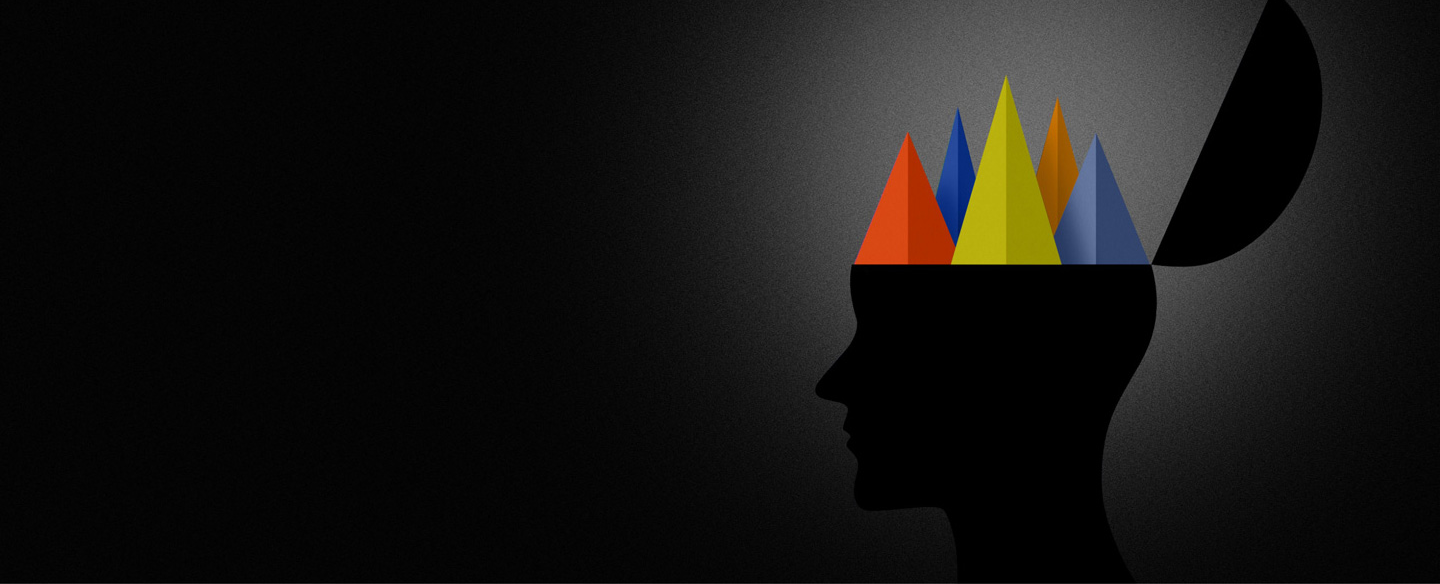Around 20% of people with migraine experience auras.10 These are symptoms that occur before or during a migraine attack and commonly include changes in vision, sensation or speech.1,4
Although aura symptoms can be distressing to experience,11 they typically resolve on their own.1 Most individual aura symptoms last for less than an hour, but if physical symptoms occur, they can last for longer periods of time.4
Aura symptoms vary from person to person, but most people who experience aura will have visual symptoms. Common vision changes include:1
- Bright zigzag lines
- Flashing lights
- Blind spots
- Finding it hard to focus.
Sensory aura symptoms may include feelings of pins and needles or numbness, while speech symptoms can include slurring, mumbling or difficulty finding or saying the right words.4,11
There are also other types of migraine aura (see below) with other symptoms.11
OTHER TYPES OF MIGRAINE AURA
Some people experience different types of aura. These may be particularly distressing as the symptoms can appear quite serious.11
Migraine with brainstem aura11
Brainstem migraine aura typically occurs with other aura symptoms (flashing lights, pins and needles) plus double vision, difficulty speaking, dizziness, ringing in the ears or reduced awareness.
Hemiplegic migraine11
In hemiplegic migraine, there is temporary weakness or even paralysis of one side of the body. These symptoms may appear similar to a stroke but, unlike stroke symptoms (which start suddenly), the symptoms of hemiplegic migraine come on gradually and disappear completely once the migraine attack is over.
Retinal migraine11
Migraine with retinal aura causes temporary problems with the vision of one eye, including flickering/shimmering vision, blind spots, or blindness. This differs from the more common type of visual aura which affects both eyes.










